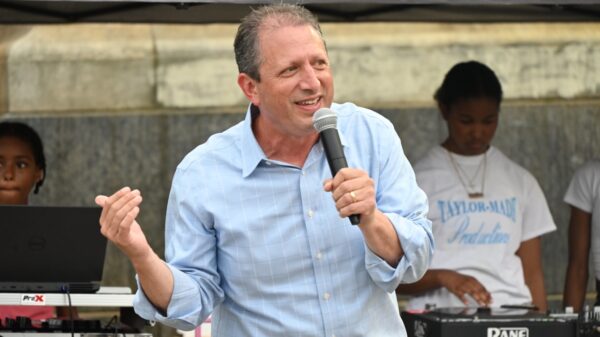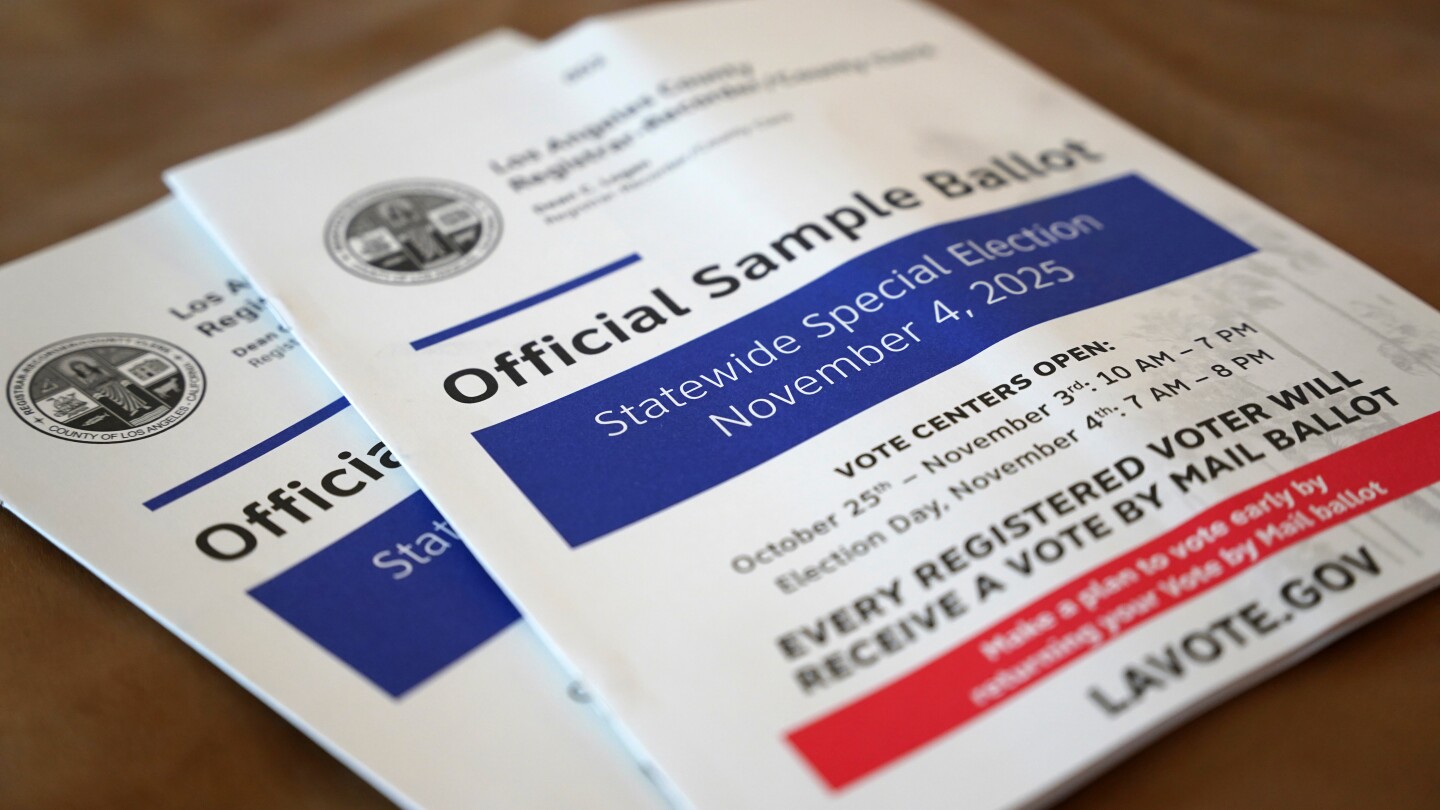UPDATE: Voting has officially begun in California on a pivotal measure that could reshape the political landscape ahead of the 2026 midterm elections. As of Monday, residents are casting ballots on Proposition 50, which aims to redraw congressional district lines, potentially adding up to five Democratic seats in the U.S. House.
The stakes are incredibly high. This urgent vote holds the key to determining control of the closely divided House and may influence critical issues ranging from immigration to reproductive rights during President Donald Trump‘s second term. Democratic consultant Roger Salazar describes the proposal as “a starting point for the 2026 race,” emphasizing its national significance.
With tens of millions of dollars pouring into the campaign, including a substantial $5 million donation from the Congressional Leadership Fund—a super PAC linked to House Speaker Mike Johnson—the battle is heating up. Notable figures are weighing in, with former President Barack Obama endorsing the measure as a “smart” strategy against Republican efforts, while former Governor Arnold Schwarzenegger publicly opposes it.
This election, concluding on November 4, is not just about local politics; it could also shape the 2028 presidential race, with Democratic Governor Gavin Newsom seen as a likely contender. Newsom describes the situation as “an all-hands-on-deck moment for Democrats,” highlighting the urgency of voter participation.
This special election reflects a broader national conflict as states like Texas also engage in redistricting battles to secure political advantage. The outcome in California could counter Trump’s efforts in Texas, where a federal panel is currently reviewing a redrawn congressional map favoring Republicans. If the Texas map is blocked, it remains uncertain how that would influence California’s ongoing voting process.
If approved, the new map could significantly alter California’s congressional landscape, reducing Republican-held seats from five to potentially just four, while bolstering Democratic representation to 48 out of 52 seats. California’s districts have historically been competitive, but this proposal aims to further entrench Democratic power, leading to accusations of a blatant power grab from opponents.
While Democrats enjoy a nearly 2-to-1 advantage in registered voters, turnout remains a significant concern. Many voters are unaware of the election’s urgency, with some groups working tirelessly to mobilize infrequent Latino voters and others who may feel overlooked. Kelsey Hinton, from the Community Water Center Action Fund, reports that many in the Central Valley “don’t even know there is an election.”
As the countdown to November 4 continues, both sides are ramping up their campaigns, with ads focusing on the implications of this ballot measure. Supporters warn that Trump is attempting to “steal congressional seats,” while opponents rally behind Schwarzenegger’s call to “protect democracy” in their fight against Proposition 50.
Voter engagement is critical as the election approaches. With only a constitutional amendment on the ballot and no statewide candidates, the outcome remains unpredictable. This battle for congressional control could reverberate well beyond California, making it a focal point for national political strategies.
Stay tuned as we continue to monitor this developing story, with updates expected as the election date draws near.








































































